 THE LIVES AND LOVES OF DAISY AND VIOLET HILTON follows the poignant life story of twin sisters who were literally joined at the hip, set against the tumultuous backdrop of America during the first half of the 20th century. Daisy and Violet and an unforgettable cast of show-business characters come alive on the pages of this carefully researched and sensitively written biography.Reviews"Jensen'¬?s book is a testament to the fickleness of the entertainment world."-Tampa Bay Tribune"It is an affecting story, gently and honestly told without frills, without sensation. In Jensen'¬?s hands, the twins are always human, individuals, never freaks joined at the hips as the world saw them after their birth in 1908. . . Here, their story is pure."-Milwaukee Journal Sentinel 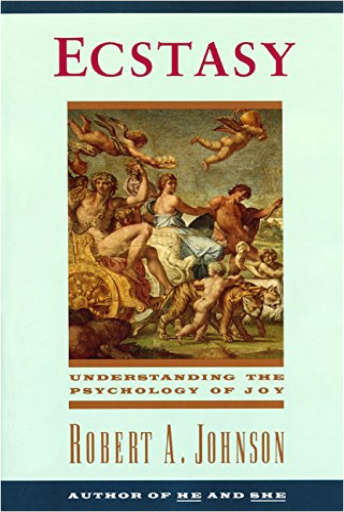 THE RENOWNED JUNGIAN PSYCHOLOGIST AND AUTHOR OF 'TRANSFORMATION' AND 'OWNING YOUR OWN SHADOW' BRINGS THE HIDDEN GIFT OF ECSTASY BACK INTO OUR LIVES. | 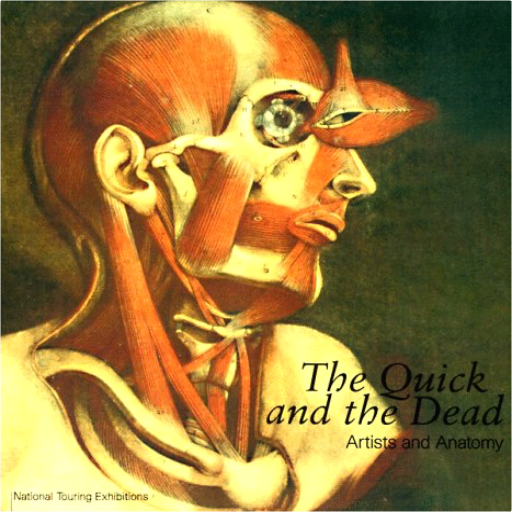 The human body has long been central to Western art, and in order to represent the body in all its manifestations many artists have studied anatomy: dissecting the dead to better depict the living. The Quick and the Dead focuses on a range of artists, among them Leonardo da Vinci, Michelangelo Buonarroti, Albrecht Drer, William Hogarth, George Stubbs, Thodore Gricault, Kiki Smith, Joel-Peter Witkin, and Cindy Sherman to show the great richness and complexity that can result when art and science intersect. The drawings, prints, photographs, and objects in this book span five centuries and mark numerous cultural shifts, yet their imagery is as powerful today as when it was created. Bodily representation has shadowed Western art since the High Renaissance, particularly in the form of atlases of anatomical prints, detailed drawings, and wax cadavers used for teaching purposes. Studying anatomy was deemed so essential that it was part of the instruction program in the earliest Italian academies. Now contemporary artists interested in cultural constuctions of the body are reinvigorating the subject, with the fragmentation of human form being a prime concern. Since 1858, Gray's Anatomy has served to legitimize notions of "serious" science unchallenged by the frivolity of art. But in recent years a kind of rapprochement between medical history and cultural theory has occurred, and new medical technologies have become a wellspring for artists as well as for doctors. As The Quick and the Dead makes clear, the human bodysymbolic and intimate, material and sacredis a vital cultural resource and a site where various social constituencies find relevant meaning. 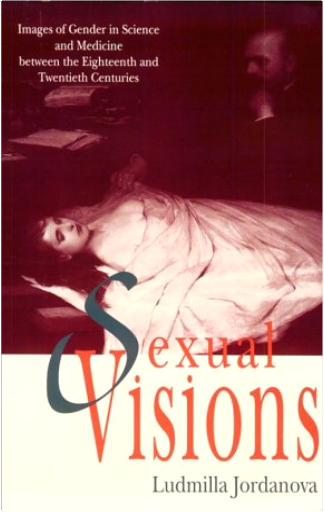 0299122948 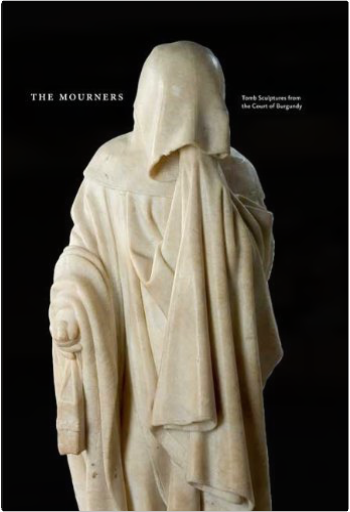 During the late Middle Ages, the dukes of Burgundy––the wealthiest and most powerful aristocrats in northern Europe––commissioned sculptors of great renown to decorate their magnificent court in Dijon. Working in a studio presided over by Claus Sluter, these sculptors created monuments for the ducal family that rivaled contemporary Italian works. 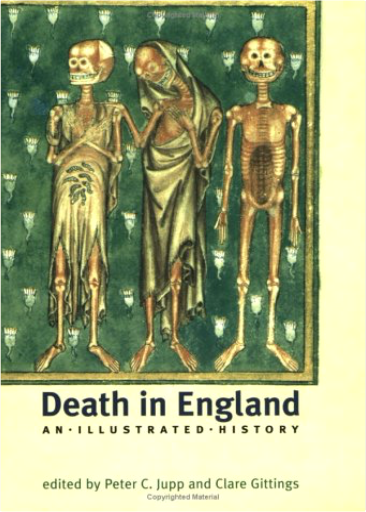 This work provides a social history of death from the earliest times to Diana, Princess of Wales. As we discard the 20th century taboo about death, this book charts the story of the way in which our forebears coped with a fundamental aspects of their daily lives. The book reveals how attitudes, practices and beliefs about death have undergone constant change: how, why and at what ages people died; plagues and violence; wills and deathbeds; funerals and memorials; beliefs and bereavement. This wide-ranging analysis of death in England is illustrated throughout with photographs and images, their diversity reflecting and breadth of issues and periods covered. 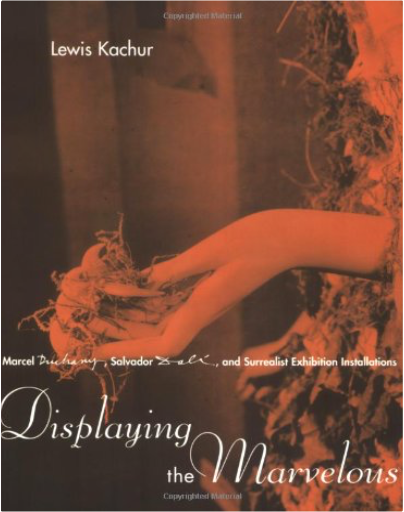 Surrealism in its late phase often abandoned neutral exhibition spaces in favor of environments that embodied subjective ideologies. These exhibitions offered startled viewers an early version of installation art before the form existed as such. In Displaying the Marvelous, Lewis Kachur explores this development by analyzing three elaborate Surrealist installations created between 1938 and 1942. The first two, the "Exposition Internationale du Surrealisme" (1938) and the "Dream of Venus" at the New York World's Fair (1939), dealt with the fetishization of the female body. The third, "First Papers of Surrealism" (1942), focused not on the figure but on the entire expanse of the exhibition space, thus contributing to the development of nonfigurative art in New York. Kachur presents a full visual and verbal reconstruction of each of the exhibitions, evoking the sequence that the contemporary viewer would have encountered.The book considers Marcel Duchamp and Salvador Dali, two artists who are not usually compared, within a common framework. Duchamp specialized in frustrating the spectator, using his ironic wit to call into question the definition of the work of art. Dali was a master at disorienting the senses by establishing and then undermining everyday spatial and object properties. The Surrealist challenge, as voiced by Andre Breton, was to evoke the marvelous. Duchamp and Dali extended that challenge to the physical and commercial realm of the exhibition installation. 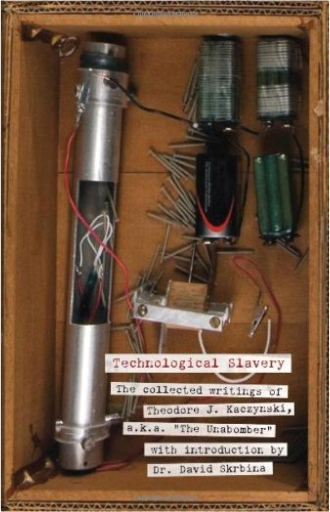 “Like many of my colleagues, I felt that I could easily have been the Unabomber's next target. He is clearly a Luddite, but simply saying this does not dismiss his argument. . . . As difficult as it is for me to acknowledge, I saw some merit in the reasoning in [Kaczynski’s writing]. I started showing friends the Kaczynski quote from Ray Kurzweil’s The Age of Spiritual Machines; I would hand them Kurzweil's book, let them read the quote, and then watch their reaction as they discovered who had written it.” — Bill Joy, founder of Sun Microsystems, in “Why the Future Doesn’t Need Us,” Wired magazine |

Morbid Anatomy Museum
Collection Total:
1,253 Items
1,253 Items
Last Updated:
Jan 26, 2016
Jan 26, 2016

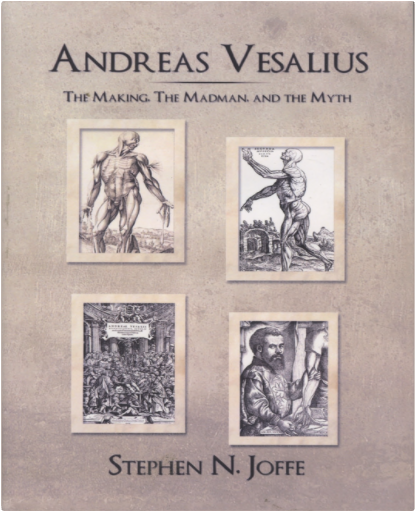

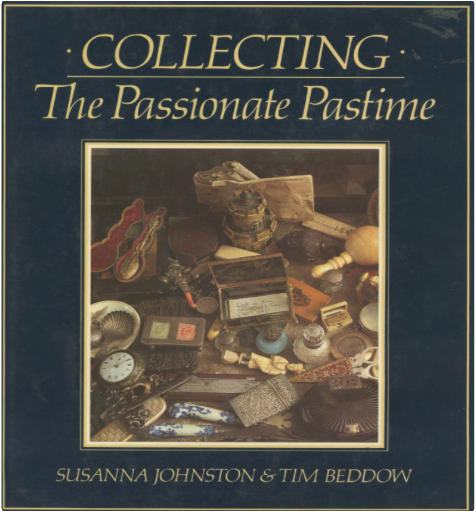
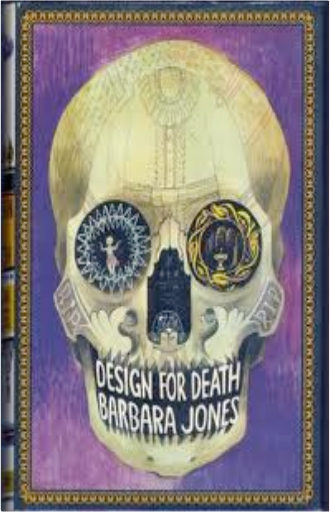

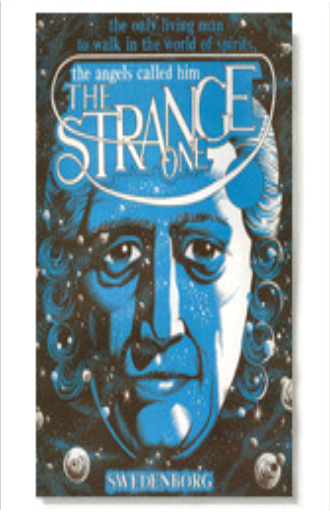
 Made with Delicious Library
Made with Delicious Library